Sugared marshmallow Peeps are among our favorites for eating AND for kids’ sink and float science experiments. This ultra simple science activity uses just a few Peeps and water to explore density and buoyancy.
My 3 year-old loved that he could do this activity almost on his own and I loved that he was completely engaged from start to finish. Requiring just a few minutes of prep and a 99 cent pack of Peeps, this activity is a huge winner in my book!
For more science fun, snag our 30 Science Experiments (including a no-prep science journal to keep track of results) in our shop!
Getting Ready
To prep for this kids’ science experiment, I grabbed a glass dish, water, some cornstarch to help prevent sticky hands, and of course, Peeps. It took me less than 2 minutes and we were ready to roll.
Sink and Float Test
My 3 year-old loves to do things himself so while it would have been easy to simply fill our dish at the sink, I allowed him to fill a measuring cup with water and pour it into our dish at the table. I also had him add a drop of food coloring so the water would be easier to see in the photographs.
I handed my son a Peep and asked him what he would predict, or guess, would happen when he put it in the water. “It’s going to melt away,” he said pointing to the sugar.
He plopped it in the water and was surprised to see it float on top. I explained that the marshmallow Peep floated because it was less dense than the water. We took turns thinking of other things we knew were less dense than water: oil, his toy boat, oranges with a peel…
Next, I asked my son if he could get his Peep to sink without adding any weight to the top of it.
He thought about it for a minute then said he would hold it under. He thought if he submerged it long enough it would simply stay on the bottom. Nope! Even after half a dozen tries, it still floated. This sink and float activity was turning out to be a great lesson in trial and error!
He decided he need to make it smaller by tearing it into pieces to get it to sink.
Even the tiny bits still floated.
Still determined to sink that Peep, Q tried squashing the Peep flat like a pancake. For this step, I gave him a little cornstarch to coat his hands. Our Peeps were super squishy and sticky so any squeezing made it stick like crazy.
I don’t know what lead Q to think squeezing his Peep would get it to sink, but he was on the right track. For him, flattening it was the easiest way for him to squeeze it, but the flat shape made it pretty buoyant and it still floated.
Ever determined, Q, kept thinking until he said, “I’m going to roll it into a small ball like a rock. Rocks sink.”
So I gave him a new Peep (the flat one was pretty slimy now) and helped him roll it into a ball.
And, can I get a drumroll please…
It SUNK!
Success! My son was tickled! It’s hard to see the Peep ball on the bottom because Q also thought adding his starchy hands to the water was a good idea so the water became pretty murky.
I loved that this activity got Q really thinking and testing his ideas all by himself. I knew he was engaged because he didn’t ask if he could eat his Peep until AFTER he performed the whole activity twice. That’s a long time for my little sugar monster!
The Science Behind It
Marshmallows are sugar based candy that is formed when sugar, gelatin and water are whipped until they are light and airy.
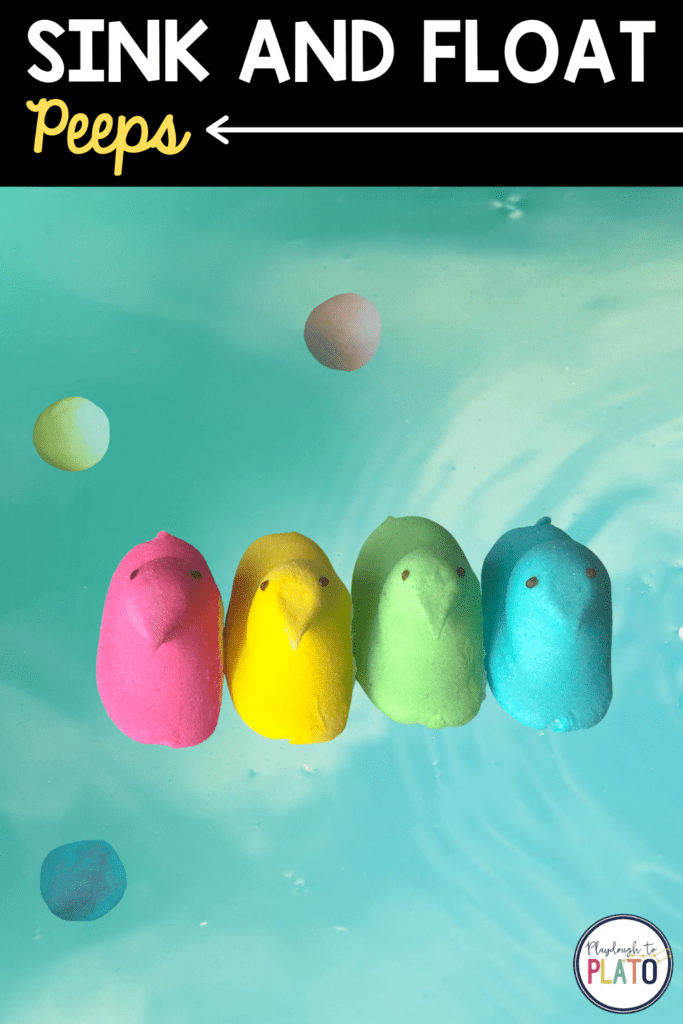
All that whipping spreads out the sugar and traps tiny air bubbles inside the marshmallow giving it a sponge-like texture. It’s those tiny air bubbles that make the marshmallow less dense than the water and the marshmallow Peep floats!
So how did we make the marshmallow more dense so it would sink? We took the air out of it by squeezing it. The marshmallow compacted as the air was pressed out of it. It became more dense than the water and it sunk.
Free Sink or Float Sheet
Want to try this experiment with other household objects (like candy or waterproof toys), too?! Grab our free printable sink or float printable HERE! Then, hope over to our shop for our 30 Science Experiments!



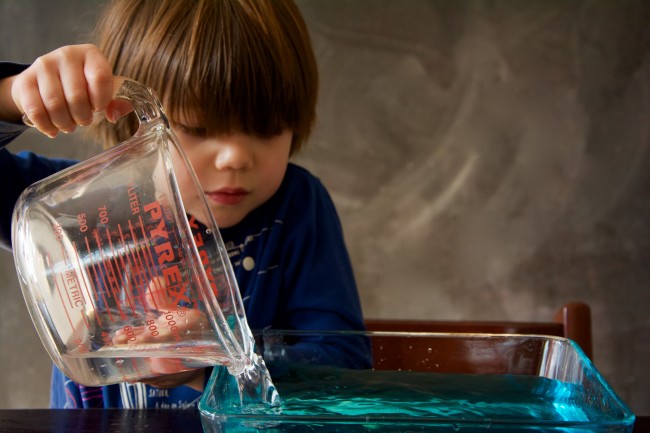
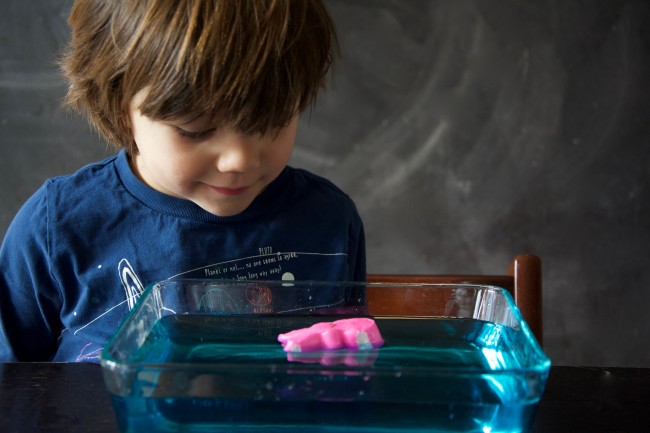
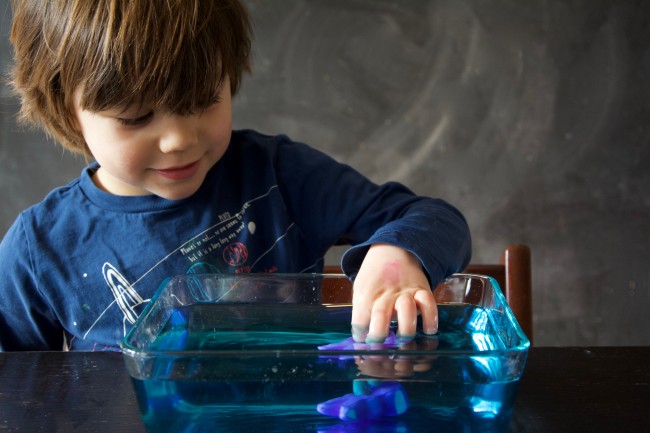
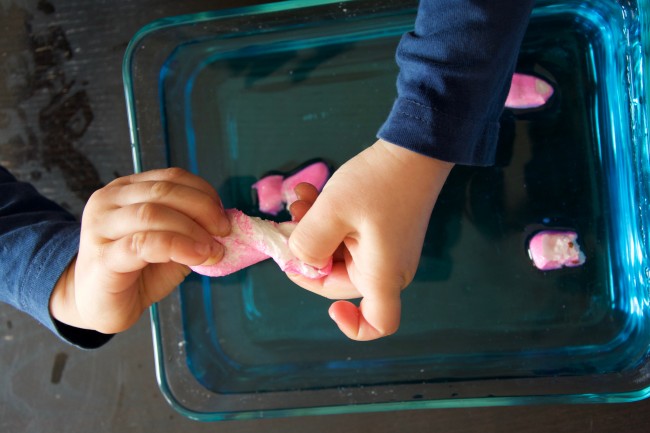
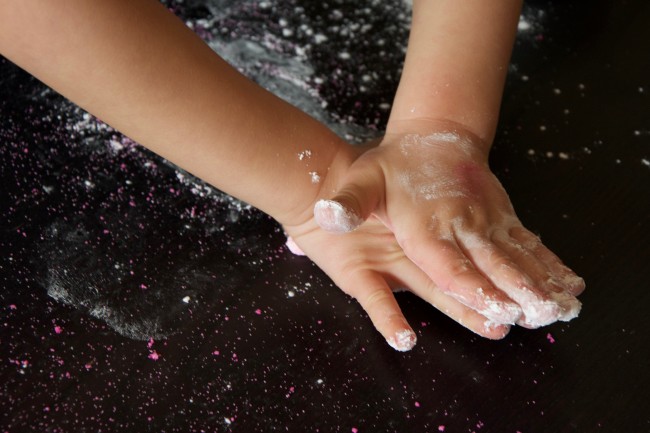
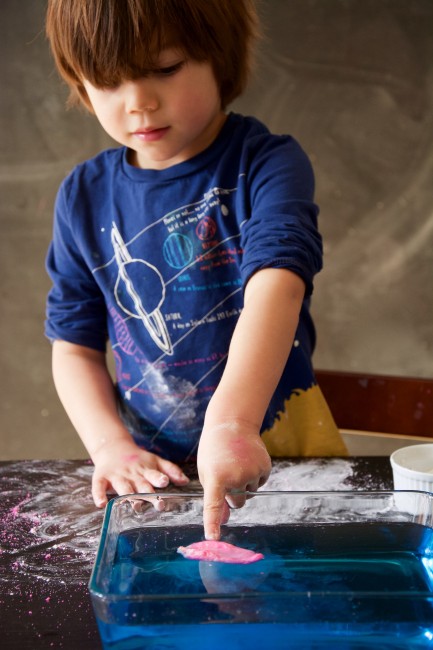
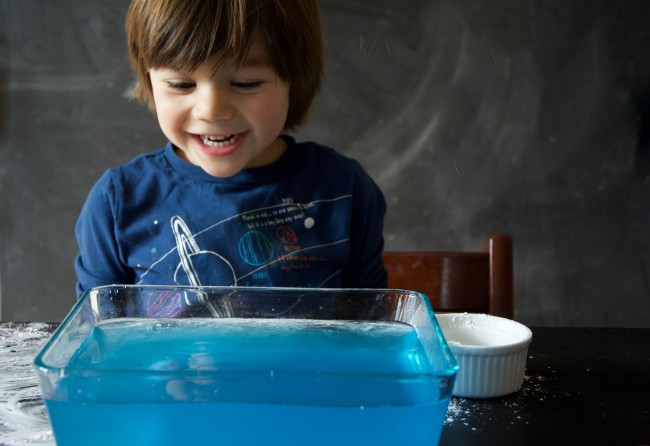
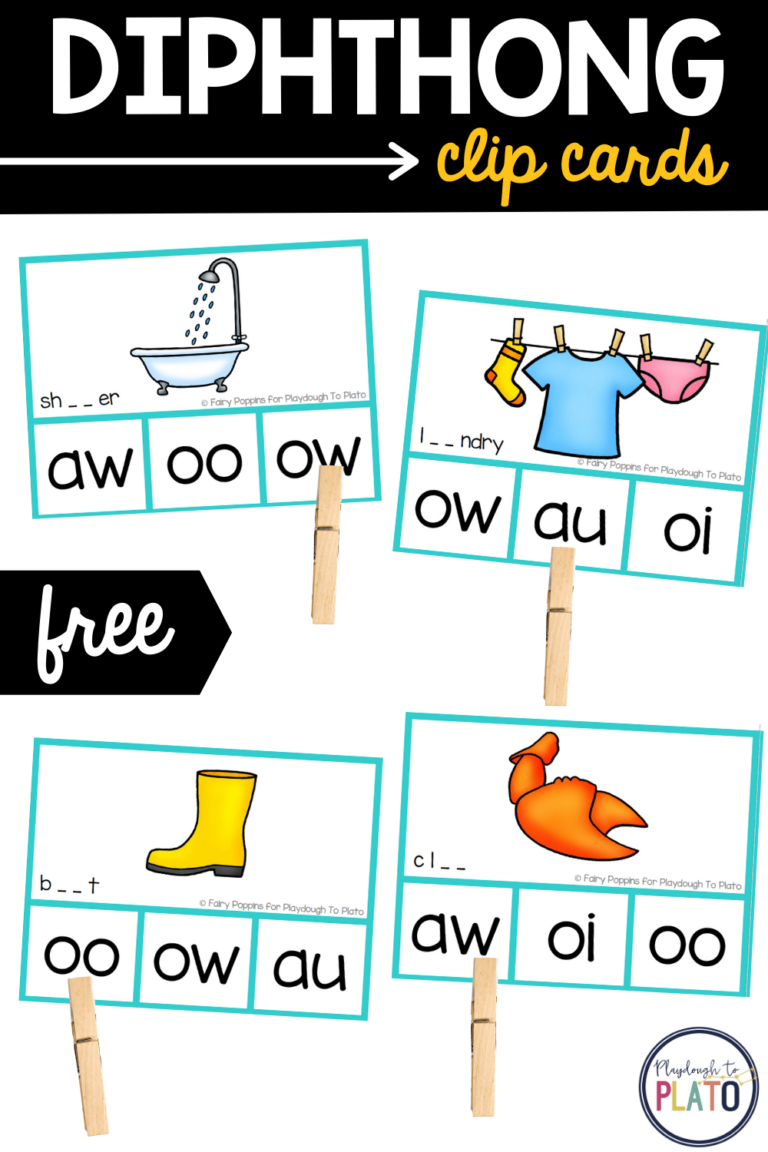
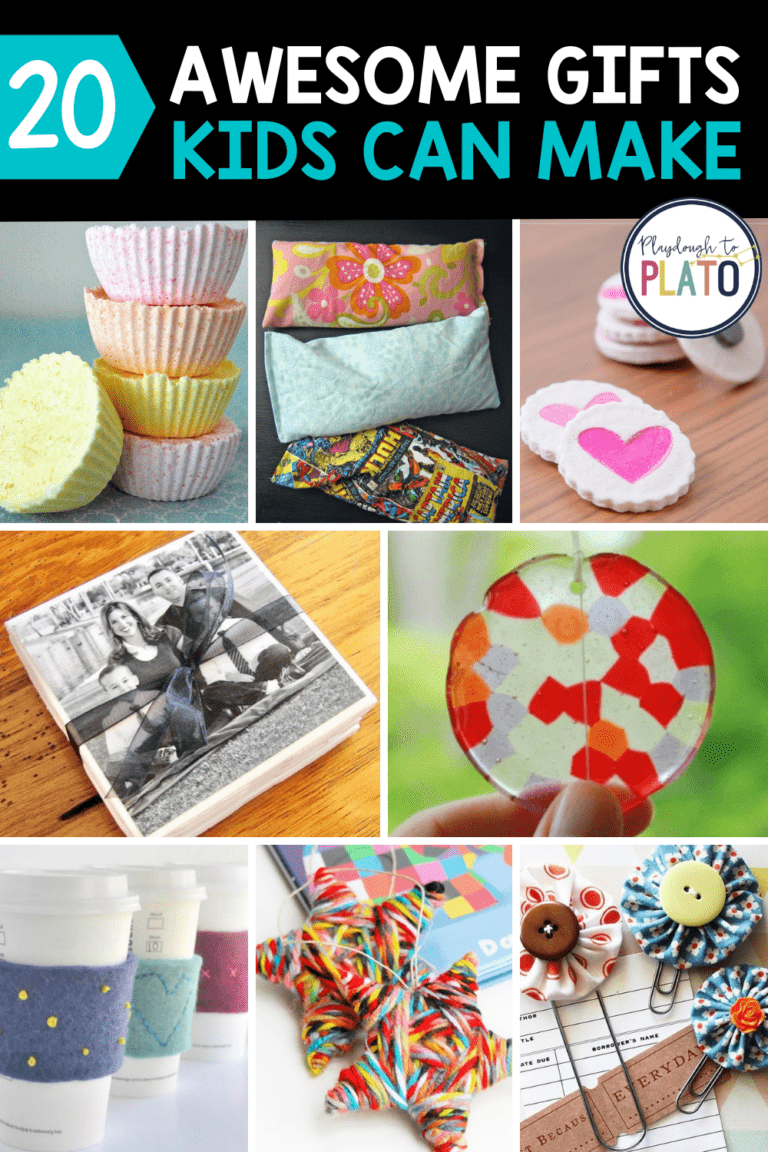
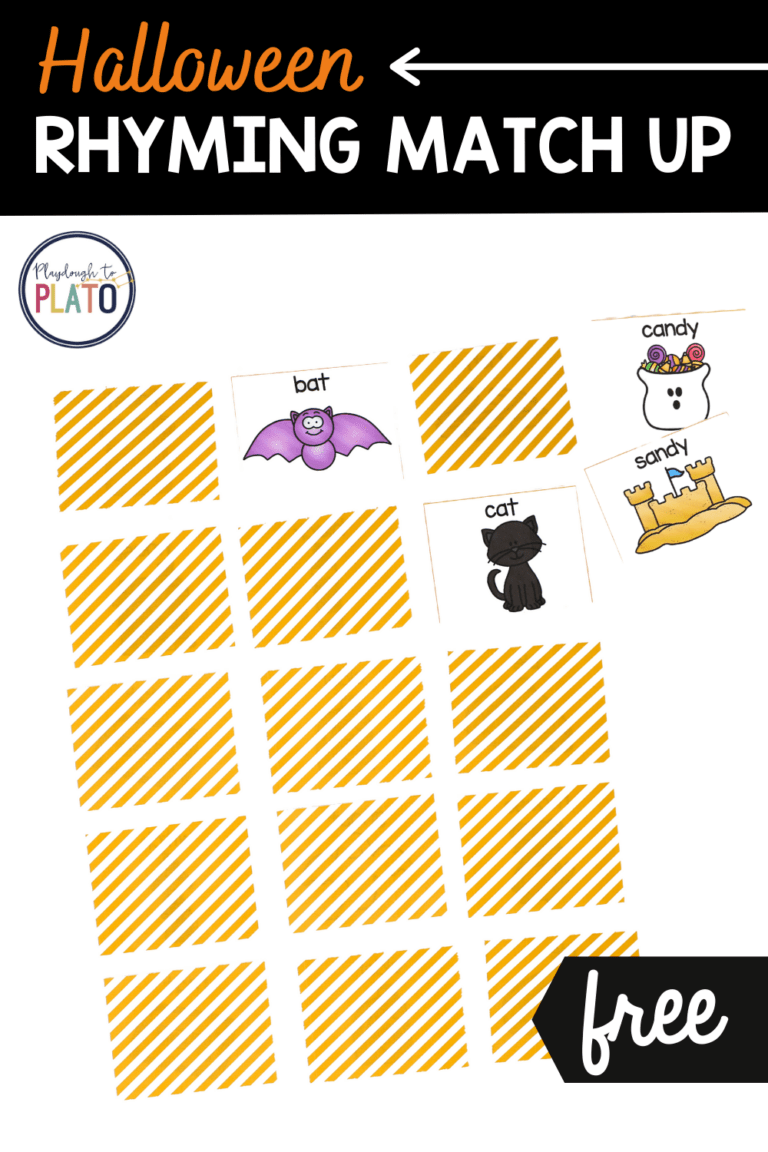
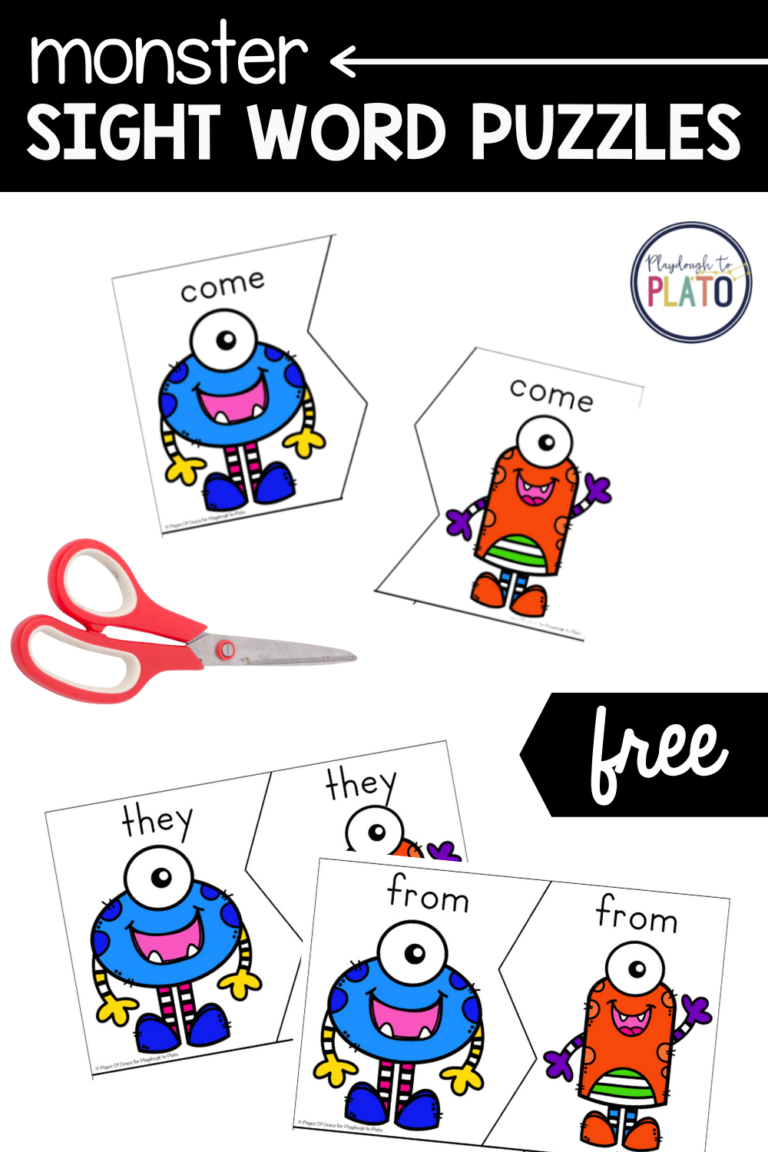
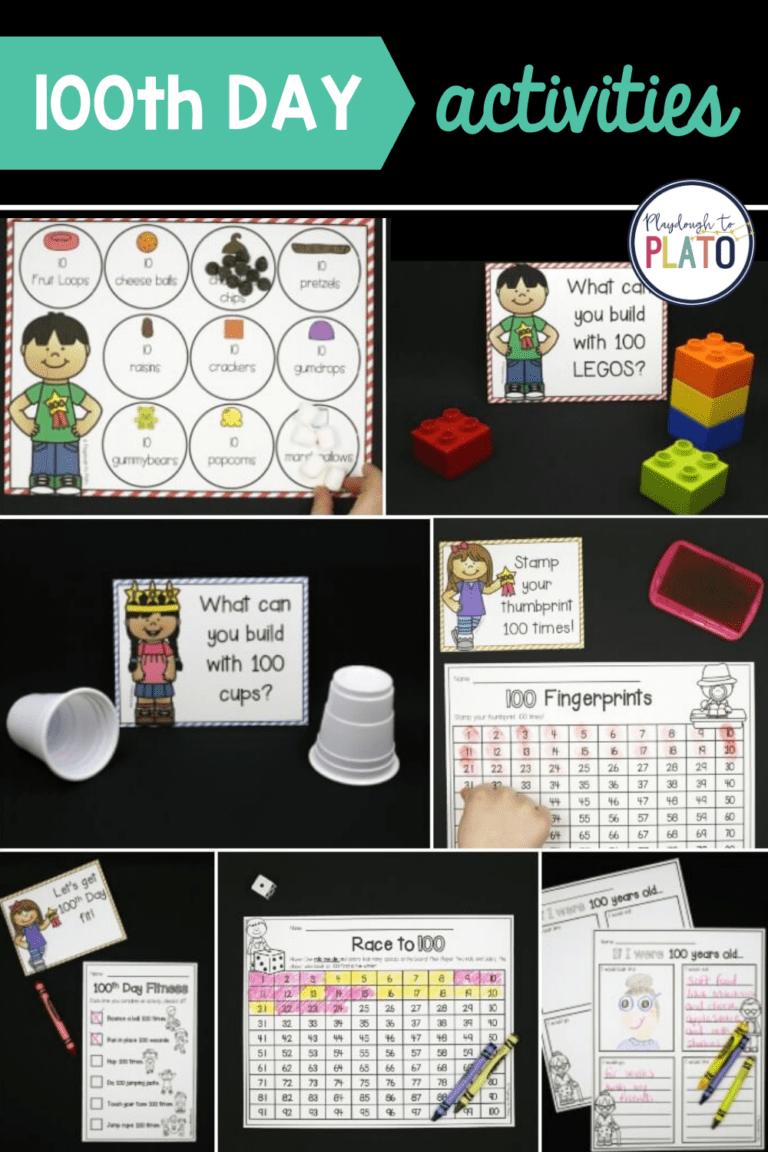

6 Comments